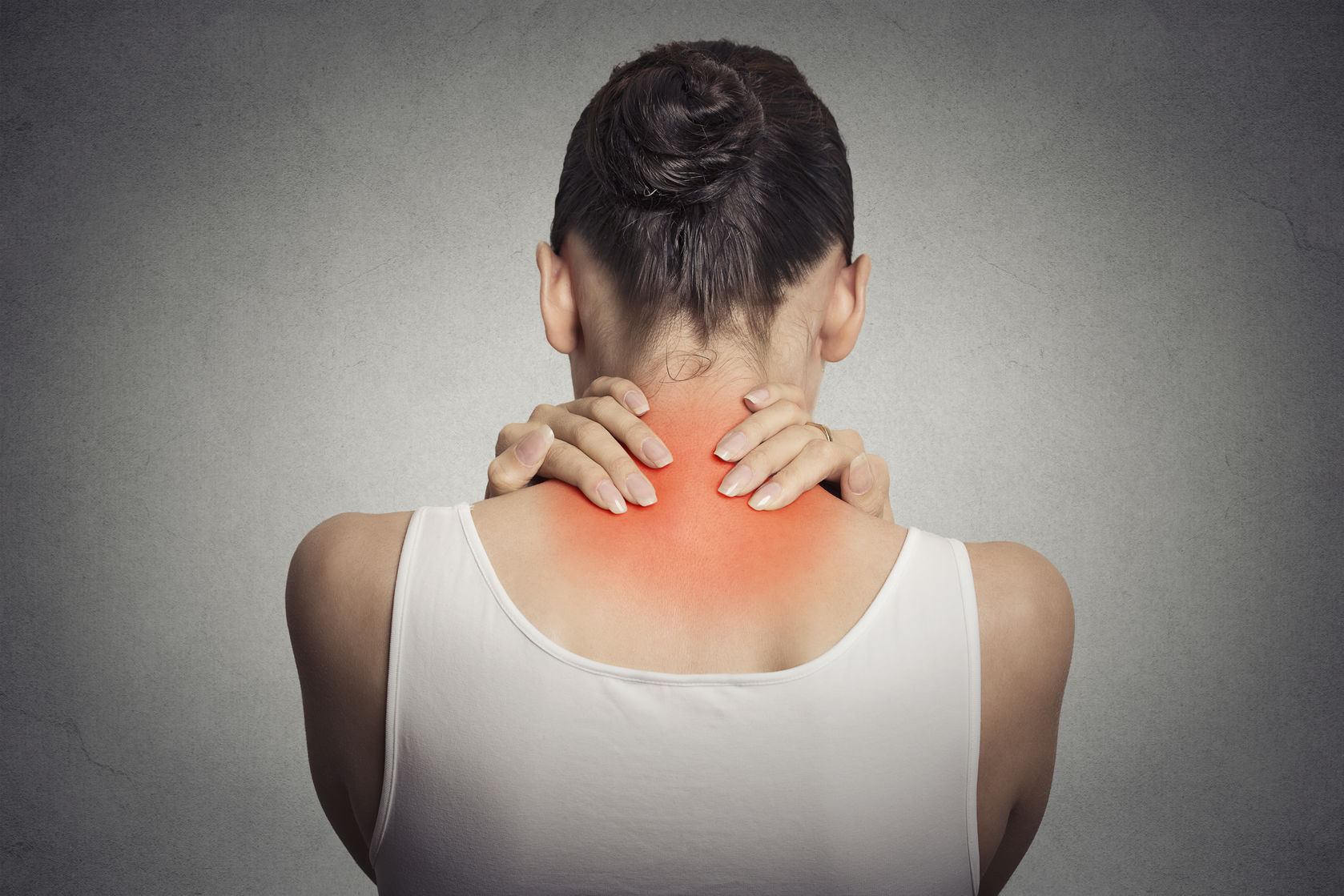- Call Us: +918547473627
- info@orthocareayurveda.com

Cervical spondylosis is a general term for age-related wear and tear affecting the spinal discs in your neck. As the discs dehydrate and shrink, signs of osteoarthritis develop, including bony projections along the edges of bones (bone spurs).
Cervical spondylosis is very common and worsens with age. More than 85% of people older than age 60 are affected by cervical spondylosis.
For most people, cervical spondylosis causes no symptoms. When symptoms do occur, nonsurgical treatments often are effective.
Most people experience no symptoms. When symptoms do occur, they typically include pain and stiffness in the neck.
Sometimes, cervical spondylosis results in a narrowing of the spinal canal within the bones of the spine (the vertebrae). The spinal canal is the space inside the vertebrae that the spinal cord and the nerve roots pass through to reach the rest of the body. If the spinal cord or nerve roots become pinched, you might experience: Tingling, numbness and weakness in the arms, hands, legs or feet, Lack of coordination and difficulty walking.
As people age, the structures that make up the backbone and neck gradually develop wear and tear. These changes can include:
Dehydrated discs.
Discs act like cushions between the vertebrae of the spine. By the age of 40, most people's spinal discs begin drying out and shrinking. As the discs become smaller, there is more bone-on-bone contact between the vertebrae.
Herniated discs.
Cracks also appear on the exterior of the spinal discs. The soft interior of a disc can squeeze through these cracks. Sometimes, it presses on the spinal cord and nerve roots.
Bone spurs.
As the disks break down, the body may produce extra amounts of bone in a misguided effort to strengthen the spine. These bone spurs can sometimes pinch the spinal cord and nerve roots.
Stiff ligaments.
Ligaments are cords of tissue that connect bone to bone. Spinal ligaments can stiffen with age, making the neck less flexible.
First the patient will be carefully evaluated and examined.
Then nerve & cervical disc realignment by marma & chiropractic correction is done which leads to normalcy of nerves and radiculopathy gets cured.
Followed by massage therapy and steam with nerve stimulative modalities will normalize muscle pain.
Then medicines and external applications will be given for strengthening the muscles and reducing vata and eliminating dosas accumulated.
Followups will be advised based on patients condition.